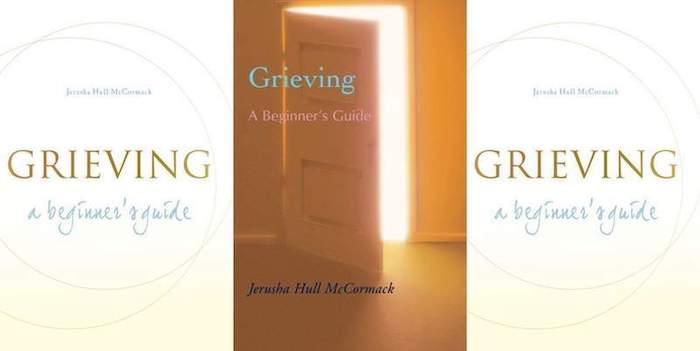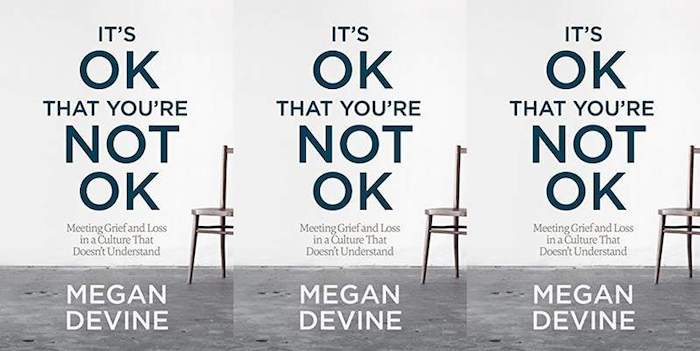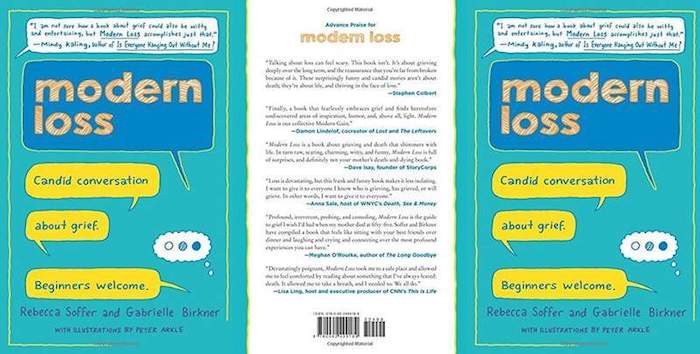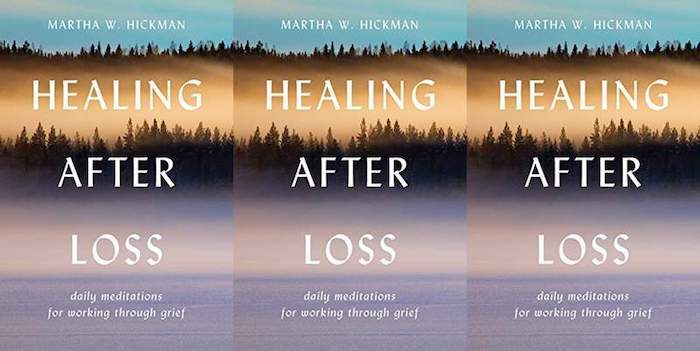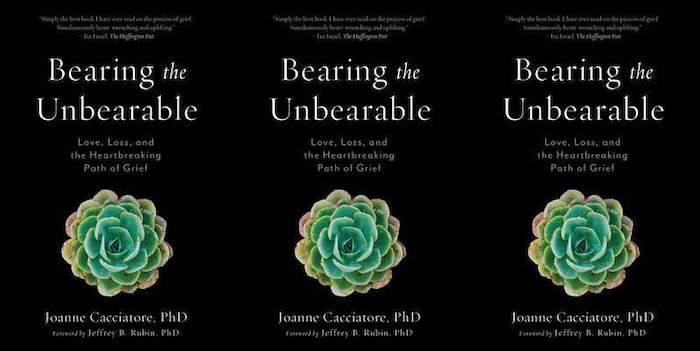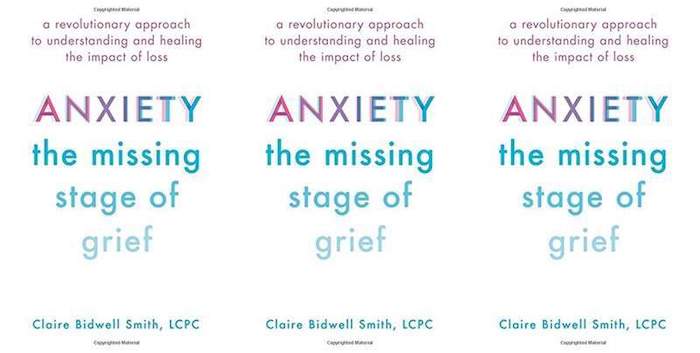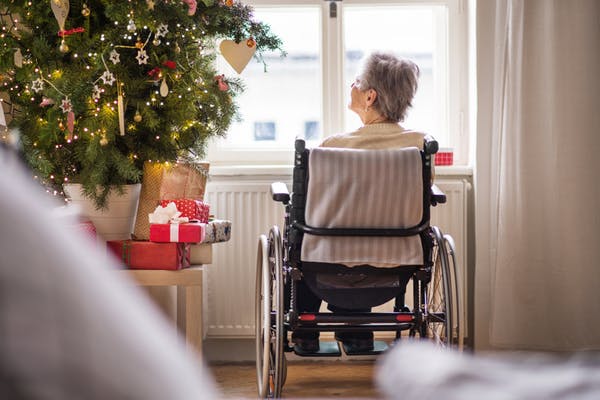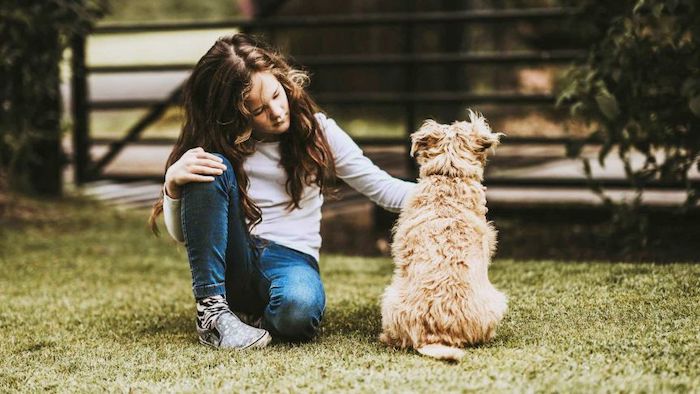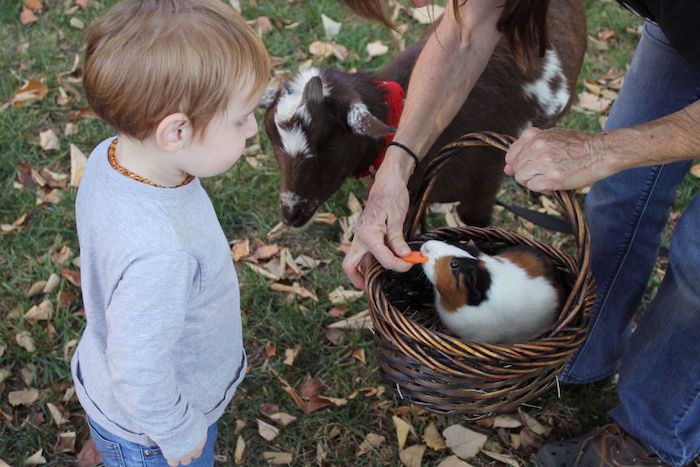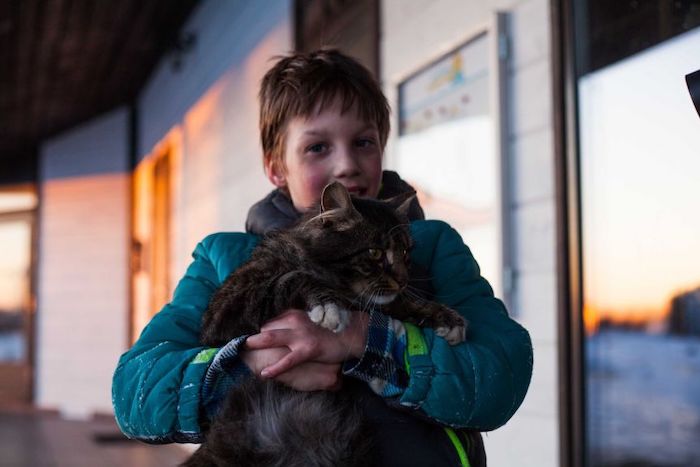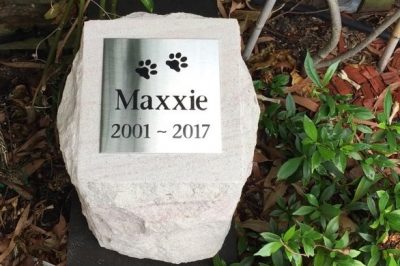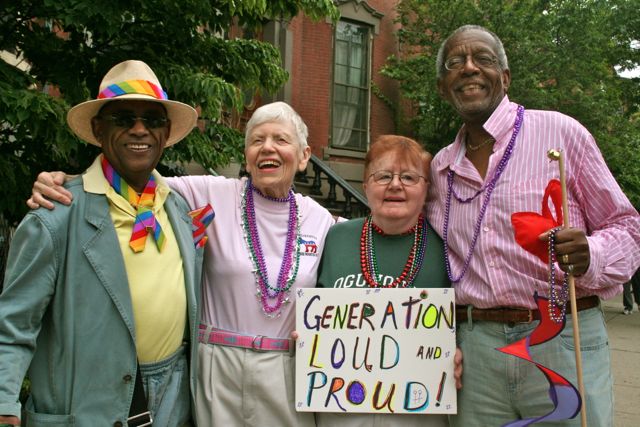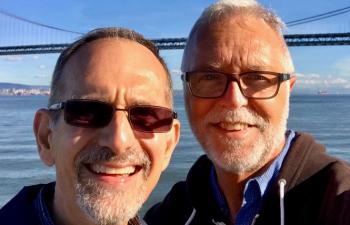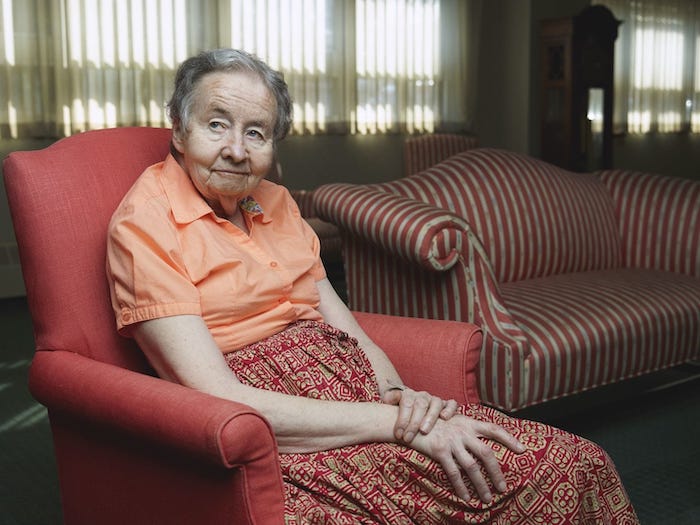
By Debra Bruno
In the United States, there’s probably no better way to spoil cocktail party chatter than by introducing the subject of death, dying or the end of life.
Yet, in the same way that the birth process went from a doctor-run event to a movement in which women took charge of their own pregnancies and deliveries, there is growing interest in thinking about the dying process. In part, that’s because the large population bulge of boomers is reaching a point where the end seems not that far away. But also, many people have had the experience of sitting at the bedside of a dying person without the slightest clue what to do.
The growing interest in the topic is seen in death cafes, death doulas, the “death positive” movement, hospice work and even the End-of-Life University . There are special decks of cards that allow families to work through end-of-life decisions.
And increasingly, classes, seminars, and programs are available that try to help people understand how to comfort those in the last stages of life.
Sister Rose Mary Dougherty, 79, a member of the religious order School Sisters of Notre Dame, calls this companioning the dying and she decided to make it a focus when, years ago, she found herself sitting at the bedside of a dying priest who was a friend. Next to her sat another friend, also a priest.
She watched as the two priests sometimes prayed and sometimes were quiet, together, doing nothing at all. At one point, the priest sitting next to her turned and said: “I don’t know what a priest should do anymore. I don’t know what I’m to do here, but I can be here. Maybe that’s my final vocation.”
That’s when it hit her: Even people trained in comforting feel a sense of helplessness when a friend or family member is dying. But she also resolved to do something about it.
So in 2008, Dougherty created a nine-month Companioning the Dyingtraining program, based in Baltimore. Today, the program provides instruction for hospice workers, caregivers, volunteers and family members on how be with someone in their final months or days.
Companioning the Dying concentrates on something that nearly everyone will have to face at some point in their lives. In the past, it was common for elderly family members to live with their adult children as they aged. Their last days were spent at home, surrounded by loved ones.
Society is different now, at least in many places in the industrialized West, where a youth-focused society has pushed end-of-life concerns mostly out of sight. As a result, people can feel unprepared — even panicked — when they have to deal with end-of-life issues.
“We’ve lost the place of dying,” says Jan Booth, a hospice nurse who also helps out with the Companioning the Dying program. “How do we bring aging and illness and dying into some kind of context that doesn’t change the grief that’s inherent, but changes our capacity to be with it?”
Dougherty started with a few basic principles. One was to help caretakers learn to become better listeners. “It’s sitting with a loving alertness,” she says.
Dougherty, now emeritus program director of Companioning the Dying, lives in her order’s residence in Baltimore. Her voice is weakened by Parkinson’s disease, yet her piercing blue eyes demonstrate the same alert presence that she teaches.
Companioning the Dying has something of the feel of group therapy — with readings, exercises and discussions — in which participants can talk freely and without judgment about anything they might have experienced with the dying, Peter Fitz, 75, says. He wanted to get involved in hospice volunteer work and did the program three years ago.
“Every death, and every person, is different,” says Fitz, a retired English professor. “The crucial part is to find out, with the individual not only on any given day or a particular hour or minute,” where they are. The task, then, is “emptying out your suggestions for people and learning to listen in a different way.”
Those “suggestions” can often end up being the worst thing people can do, says Sallie Tisdale, author of “Advice for Future Corpses (and Those Who Love Them).” People often say things such as “Are you sure the doctor knows what he’s doing?” and “God always has a plan,” she says. “Please don’t say those things.”
She suggests something similar to the Companioning program. “People ask me how to prepare. I say, stand at the doorway and take a self-inventory. Try to drop your own agenda. If the person says, I want to eat ice cream and watch a Yankees game,” just accept that, and do that for them she says.
Lourdes Salazar, a caretaker by profession who also volunteers for her church, St. Camillus in Silver Spring, says that one exercise her Companioning the Dying group did was to choose a day and behave as if it is your last day on Earth. She went out to lunch with her son and told him what she was doing. “I never realized how wonderful it would be to have a lunch with you on my last day,” she told him.
One of the main advantages of Companioning the Dying say participants, is the way it helps them all appreciate their own lives. “When you change your concept about the meaning of death, your life changes,” Salazar says.
Even a nurse who has spent most of her career working with terminally ill children and their families has found that the experience of the course helped her when she was faced with five nearly consecutive deaths in her own family. Janet Will says she thought she was experienced in handling difficult situations. But having the Companioning program allowed her to focus on her own grief and avoid the role of the professional.
“The people who love you the most don’t want to see you grieving any more,” Will says. “Where do you go with that?”
Xaverian Brother Michael McCarthy says that his group ended up being a “tremendously rich melting pot” of people from all walks of life. The group covered details such as what is involved in the dying process, but it also offered time to reflect on being compassionate with oneself even as you help someone else.
It’s not about taking a person’s blood pressure, he says. “You’re going to be present, and if you’re not present with yourself, then your presence isn’t going to be as meaningful” to the dying person.
Peter Fitz remembers visiting a man at a hospice in Baltimore. Fitz didn’t know him. The man was in a “highly agitated” state and couldn’t speak. Fritz asked him if he could nod his head. “Can I take your hand?” he asked. The man nodded yes. The two held hands until the man finally fell asleep.
“In a funny way, he gave me comfort, too,” Fitz says. “It’s an experience that in some important way we shared.”
Complete Article ↪HERE↩!



